Almond Tree Issues – Dealing With Common Almond Tree Problems
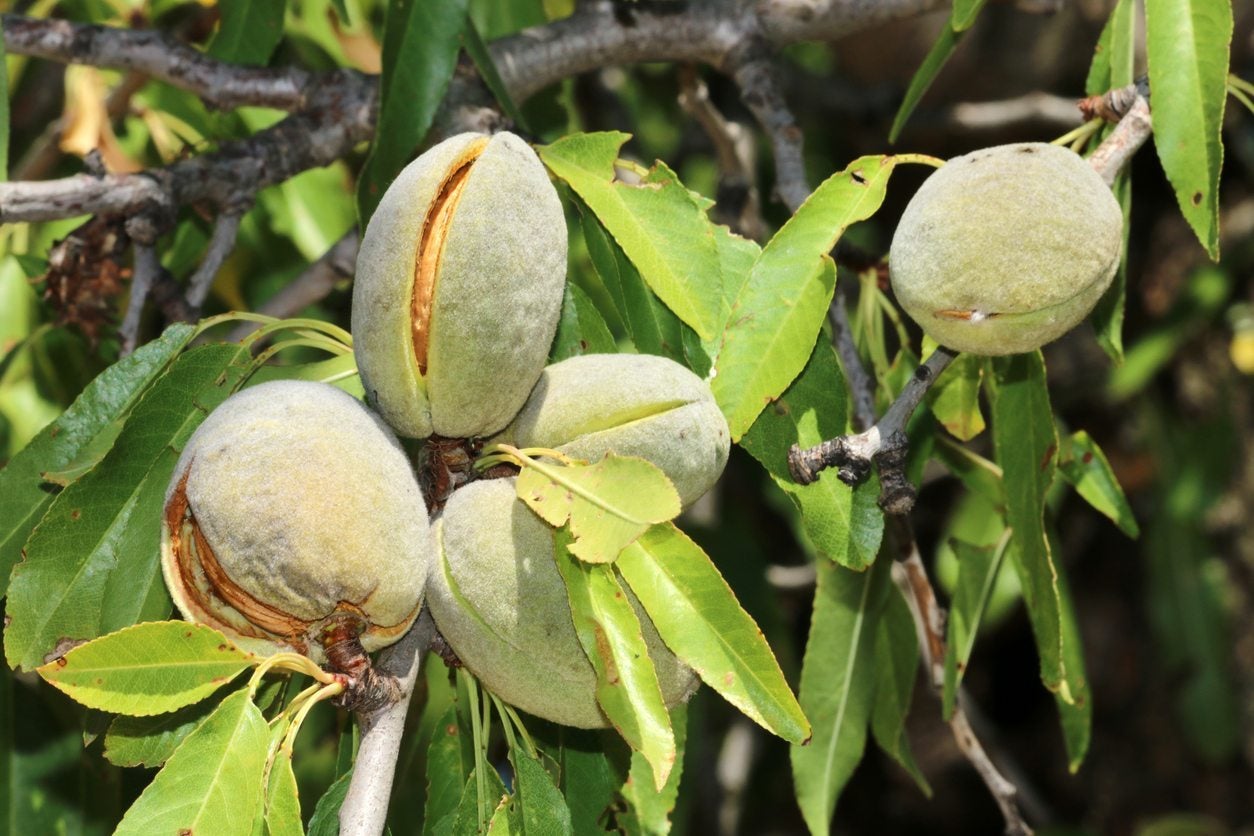

Almond trees offer showy, fragrant flowers and, with proper care, a harvest of nuts. If you are considering planting these trees in your garden, you should be aware of almond tree issues that might come up. Potential problems with almond trees include both almond diseases and pests. To learn more about almond tree problems, read on. We’ll also give you tips for managing issues in almonds.
Cultural Almond Tree Issues
Some almond tree issues are related to improper cultural care, like irrigation. To keep these trees healthy and productive, they require regular water, but not too much. Insufficient watering causes problems with almond trees not just in the year the drought occurs, but in following seasons as well. Almond tree problems are most serious if the trees have inadequate irrigation in the early months of bud and leaf development. On the other hand, overwatering has its own dangers. Trees getting excess water and fertilizer are susceptible to hull rot, a windborne fungal disease. To prevent hull rot, give the tree less water about the time the hulls split.
Almond Diseases and Pests
Unfortunately, many different almond tree problems can arise that require you to step in to help the tree. Possible almond tree diseases and pests are numerous and can be deadly. Which insect pests can cause problems with almond trees? The trees can be attacked by different kinds of mites, including spider mites. Other almond pests may include:
- Ants (especially the red imported fire ant)
- Forest tent caterpillars
- Leaf-footed bugs
- Leafrollers
- Stink bugs
- Borers
- Scale
The best way of managing issues in almonds related to mites or insects is to ask your local university extension or garden center. They will recommend the appropriate action to take or product to apply. Many different problems can be attributed to diseases, and these trees are susceptible to many of them. These include fungal diseases as well as bacterial. Circumstances like the tree’s planting location and weather are partially responsible for determining which almond tree issues your tree faces. Whenever possible, purchase disease-resistant trees for lower maintenance. Proper cultural care also reduces the chance of almond diseases and pests. Select the best possible site, provide adequate irrigation and fertilizer, keep weeds down, and prune the tree as needed. These tasks will go a long way toward reducing future issues. Pay particular attention to preventing pruning or weed-whacker wounds on the trees. These are a prime source of infection of the fungal disease botryosphaeria canker, also known as band canker. If your tree does catch it, you’ll have to remove it, stump and all.
Gardening tips, videos, info and more delivered right to your inbox!
Sign up for the Gardening Know How newsletter today and receive a free copy of our e-book "How to Grow Delicious Tomatoes".

Teo Spengler is a master gardener and a docent at the San Francisco Botanical Garden, where she hosts public tours. She has studied horticulture and written about nature, trees, plants, and gardening for more than two decades. Her extended family includes some 30 houseplants and hundreds of outdoor plants, including 250 trees, which are her main passion. Spengler currently splits her life between San Francisco and the French Basque Country, though she was raised in Alaska, giving her experience of gardening in a range of climates.
-
 Looking For Plants To Give You The Soft And Fuzzies? Try These 5 Fuzzy Leaf Plant Options
Looking For Plants To Give You The Soft And Fuzzies? Try These 5 Fuzzy Leaf Plant OptionsLovers of texture, drama, silver foliage and tactile plants will adore these special sensory garden additions. These fuzzy leaf plant options will leave you all aglow
By Susan Albert
-
 Get Ready For A Summer Of Hummers! Grow These Full Sun Hummingbird Plants and Flowers
Get Ready For A Summer Of Hummers! Grow These Full Sun Hummingbird Plants and FlowersIf you’re lucky enough to enjoy a sunny backyard, make sure you are maxing out on your pollinator opportunities and grow these full sun hummingbird plants and flowers
By Tonya Barnett
-
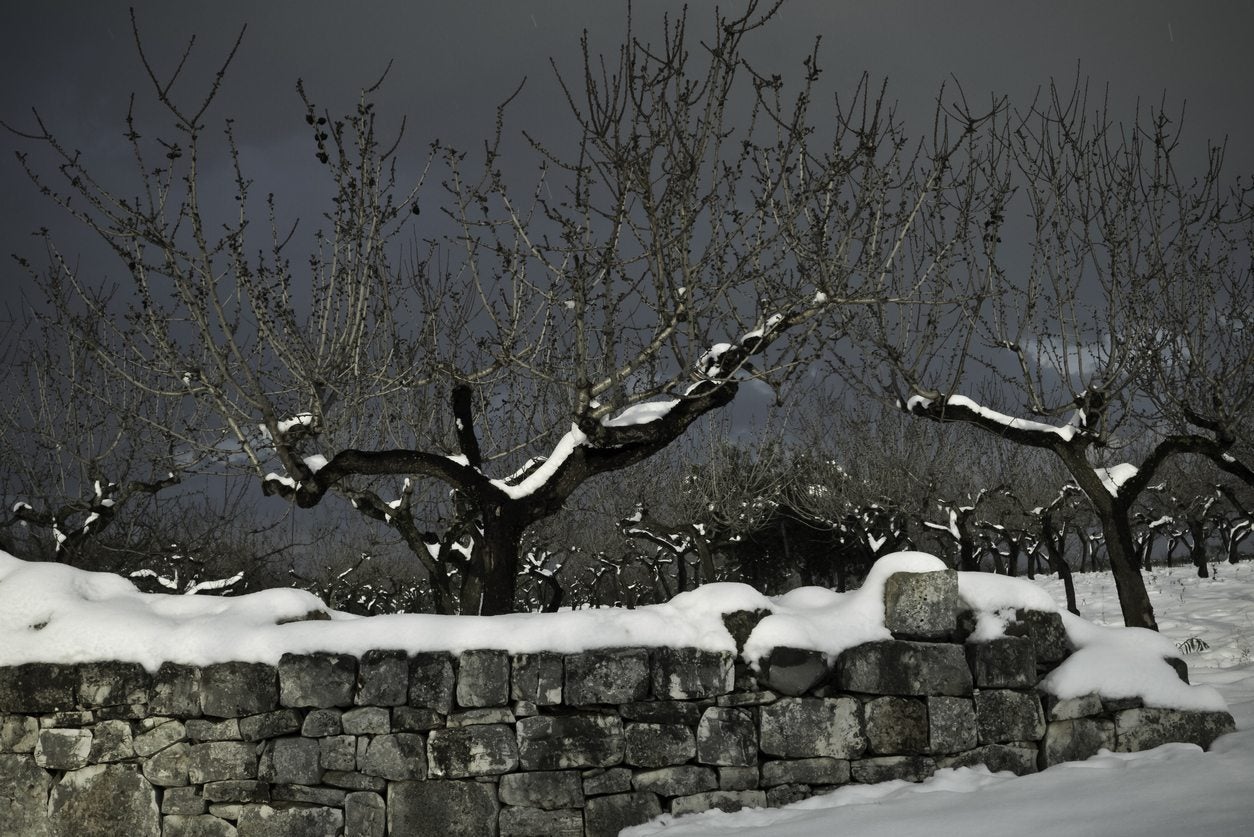 Almond Winter Care – What To Do With Almonds In Winter
Almond Winter Care – What To Do With Almonds In WinterWith early blooms in mild climates, almond trees are making their way into the landscape, providing homeowners with early spring blooms, healthy nuts and an attractive landscape plant. Click this article for tips on what to do with almonds in the winter.
By Darcy Larum
-
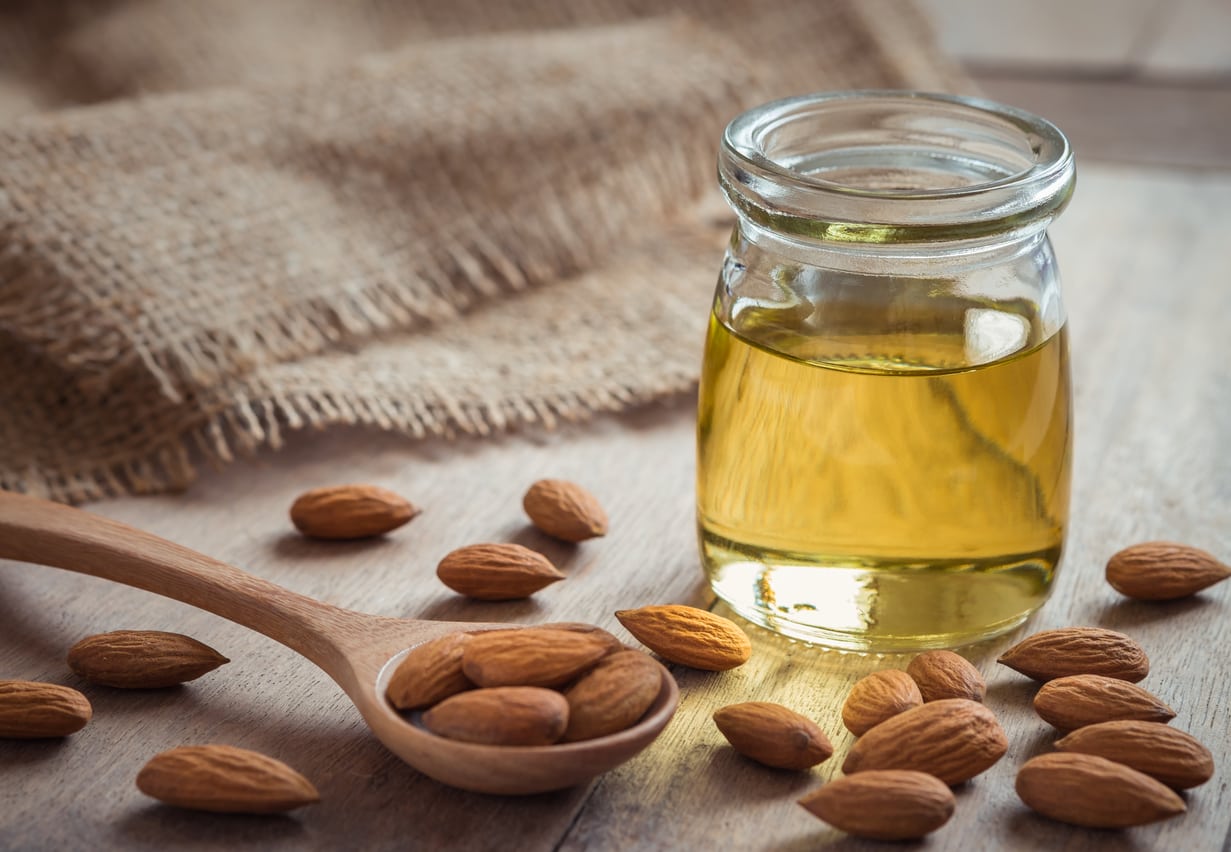 Almond Oil Information: Tips For Using Almond Oil
Almond Oil Information: Tips For Using Almond OilAlmond oil is nothing new. But exactly what is almond oil and how do you use it? The following article contains almond oil information. Learn about the uses of almond oil and more. Click here to learn more.
By Amy Grant
-
What Is Hull Rot: Learn How To Avoid Rotting Nut Hulls
Almond hull rot is a fungal disease that affects the hulls of nuts on almond trees. It can cause big losses in almond farming, and the occasional backyard tree. Understanding basic identifying factors can help you manage this disease. Learn more in this article.
By Mary Ellen Ellis
-
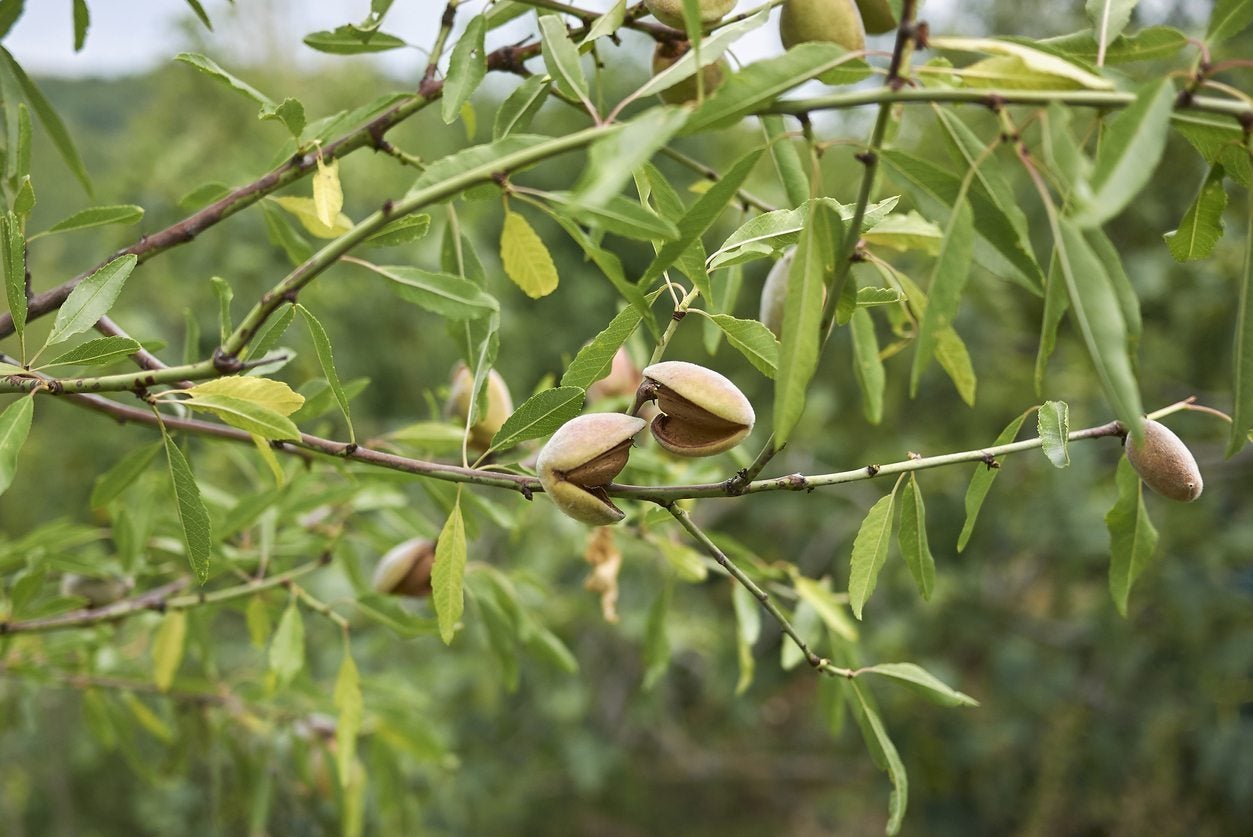 Can You Grow Almonds From Cuttings – How To Take Almond Cuttings
Can You Grow Almonds From Cuttings – How To Take Almond CuttingsAlmonds are usually propagated by budding or grafting. How about rooting almond cuttings? Can you grow almonds from cuttings? Find out how to take almond cuttings and other information about propagating almonds from cuttings in this article.
By Amy Grant
-
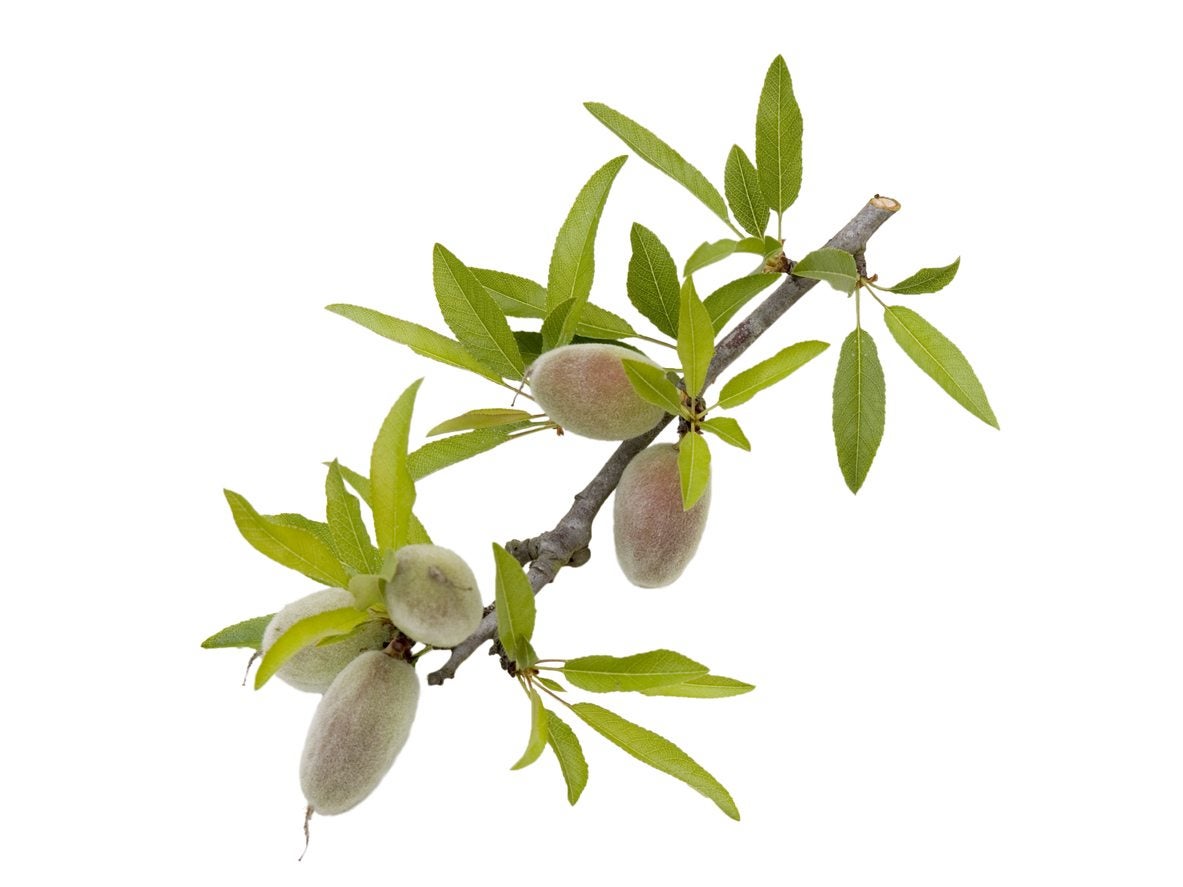 Almond Propagation Methods: Tips On Propagating Almond Trees
Almond Propagation Methods: Tips On Propagating Almond TreesAlmond trees have become a popular nut tree for home gardens around the world. They can be purchased from garden centers and nurseries, or propagated at home from an existing almond tree. Click here to learn how to propagate an almond tree.
By Darcy Larum
-
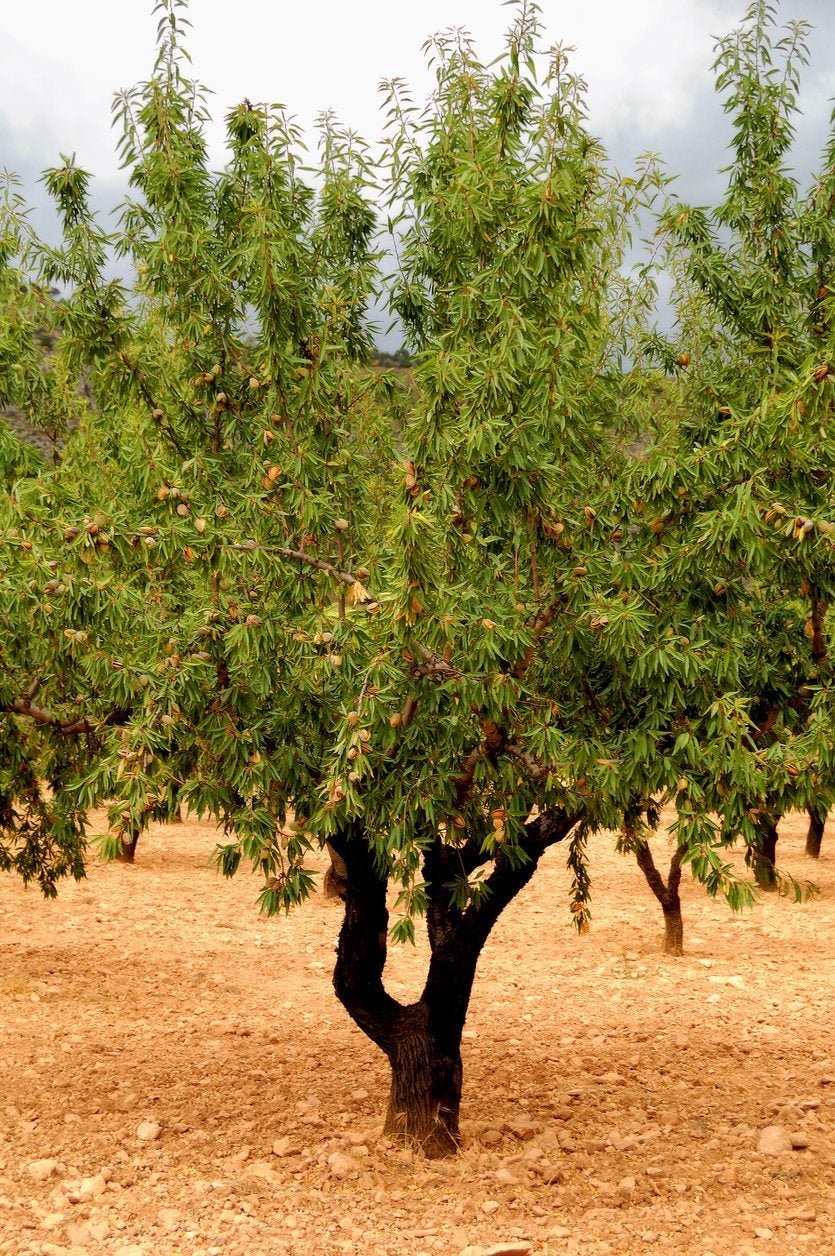 Moving An Almond Tree – How To Transplant Almond Trees
Moving An Almond Tree – How To Transplant Almond TreesDo you have an almond tree that for one reason or other needs to be moved to another location? Then you're probably wondering if you can transplant an almond? If so, click on this article for some helpful almond transplant tips.
By Amy Grant
-
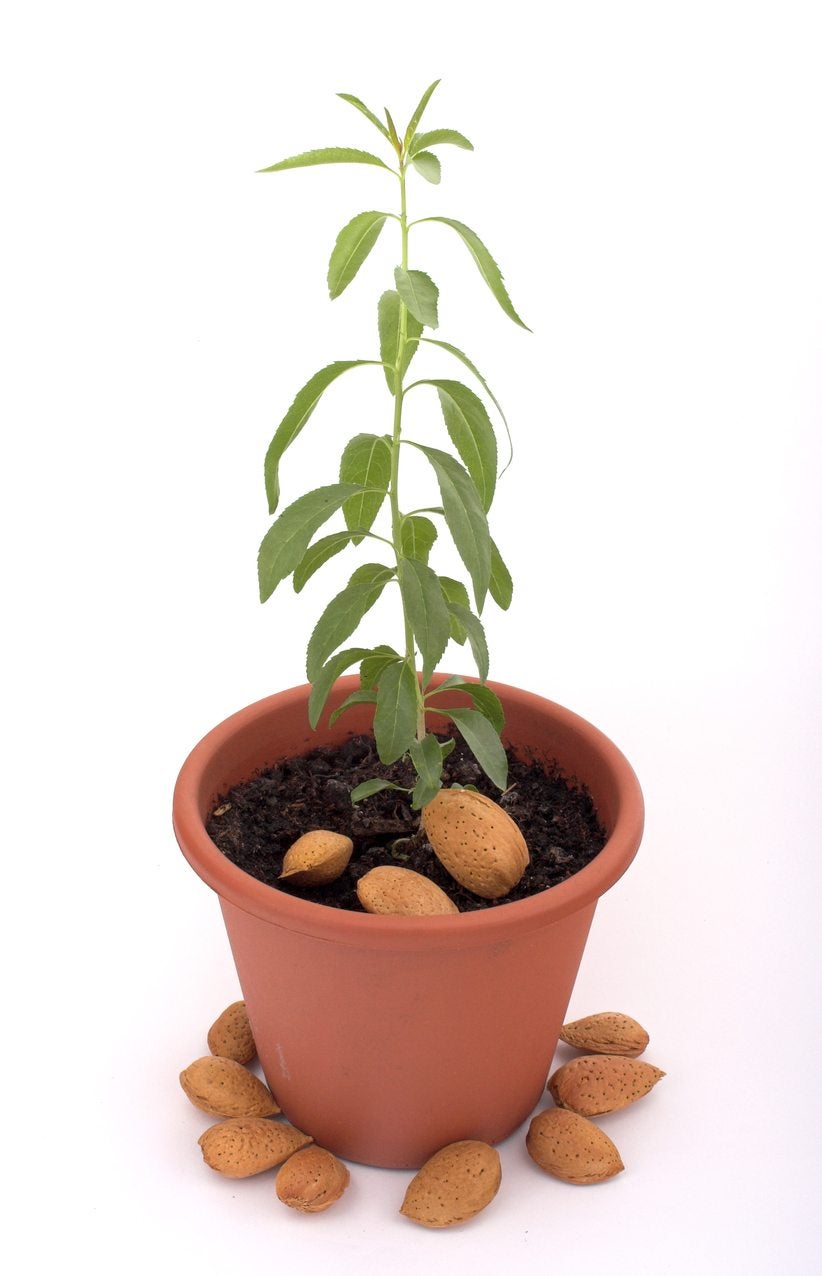 Planting Almond Nuts – How To Grow An Almond From Seed
Planting Almond Nuts – How To Grow An Almond From SeedAlthough almond germination does take a little know how, propagating your own seed grown almond trees is definitely a fun project for the novice or avid home gardener. Click on the following article to find out how to grow an almond from seed.
By Amy Grant
-
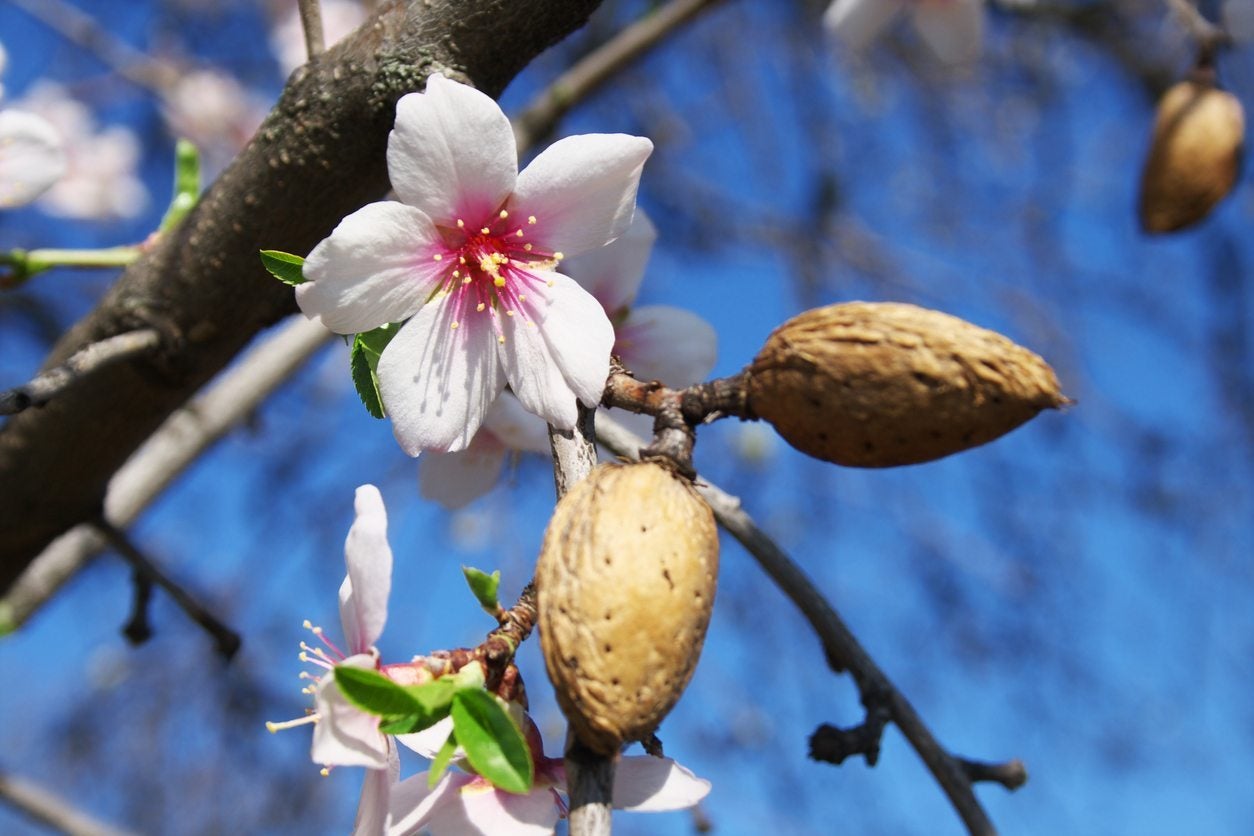 Almond Pest Control – Recognizing Almond Tree Pest Symptoms
Almond Pest Control – Recognizing Almond Tree Pest SymptomsUnfortunately, humans aren?t the only ones that enjoy almonds; there are lots of bugs that eat almonds, or the tree?s foliage. When treating pests on almond trees, it?s important to recognize almond tree pest symptoms. The following article can help with that.
By Amy Grant